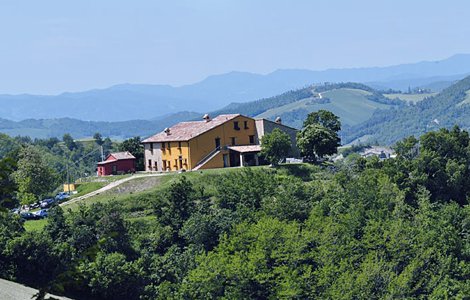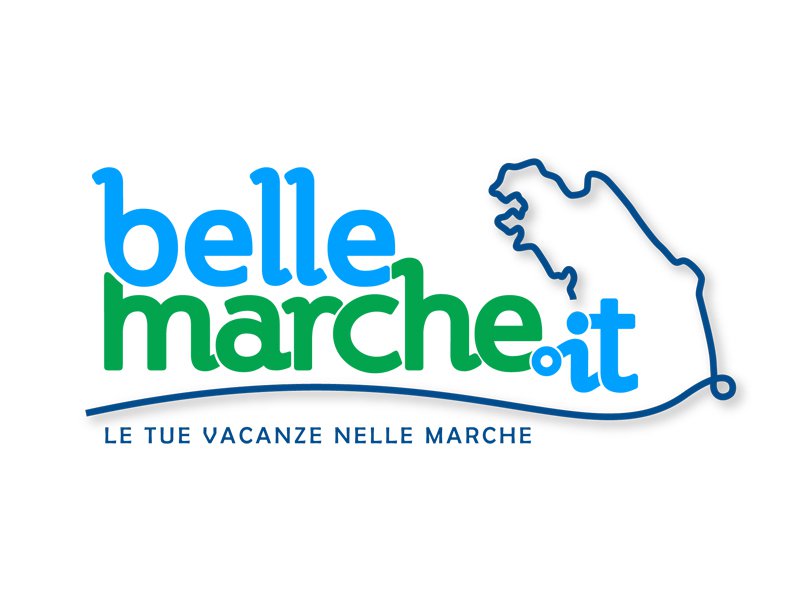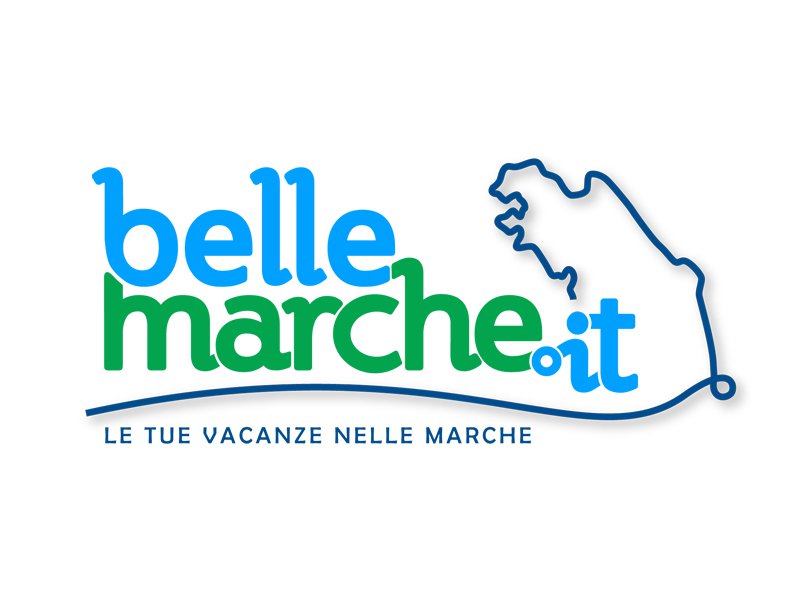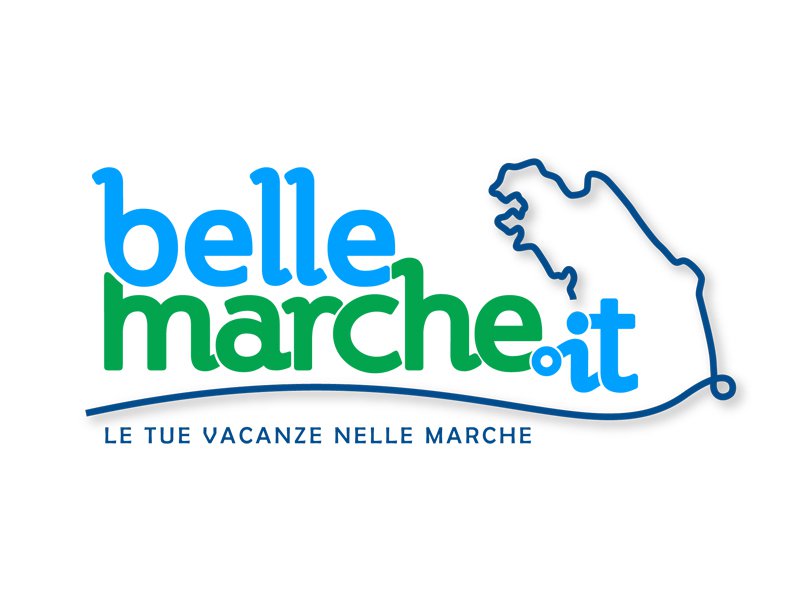Description
Montefeltro is an area of the Marche region with an inestimable historical and artistic heritage. Not by a chance, the area links its name to that of the great houses protagonists of the Middle Ages and the Italian Renaissance. The term Montefeltro originates from Mons Feretri that some scholars identify as coming from Jupiter Feretrio, divinity to whom was dedicated a temple that stood on the rock of the San Leo.
Even today you can enjoy the heritage of the nobles: Montefeltro, Carpegna, the Malatesta of Rimini, Sforza, Della Rovere and finally the Medici. As evidence of this glorious period, there remain numerous castles, fortresses and Renaissance palaces, which is why the Montefeltro area is also known as the Land of Castles.
You can find out Montefeltro territory through different routes. The main stop is the city of Urbino, the historic capital of the duchy and homeland of the artist Raffaello Sanzio. The Ducal Palace, now the seat also of the Galleria Nazionale delle Marche, is one of the greatest creations of Italian Renaissance architecture.
Moving towards the north-west, go up the valley of the river Foglia up to Sassocorvaro (m. 331), called the "Marche’s capital of mysteries", a name well deserved thanks to ghost stories and paranormal forces linked to the Ubaldini Fortress, unique construction for the particular form which is reminiscent of a tortoise.
Continue towards Lunano (m. 297), at the foot of the its ancient castle ruins, then go up to Piandimeleto (m. 320), still dominated by the imposing bulk of the palace-fortress of the Counts Oliva with its Ghibellines battlements and its loopholes. Even this rock is shrouded in mystery. In fact, several sources claim that below the ancient courtyard there are undergrounds that houses a material treasure (gold and jewels) or spiritual (an initiation rite).
Proceeding in the Mutino stream valley, passing for Frontino (m. 530), advanced sentinel of the Montefeltro on the border with the ancient medieval ecclesiastical province Massa Trabaria, dominated by the picturesque rocky plateaus of Sasso Simone and Simoncello. You can choose to visit the village of Carpegna, at the foot of the mountain with the seventeenth century Palazzo dei Principi, still occupied by descendants of the Carpegna family, or you can go to the beautiful village of Pietrarubbia (m. 707). The meaning of this place is guarded in its very name: as the legend goes the characteristic reddish color of the rock mass may result by the blood poured it into several wars between the families for the conquest of territory.
Passing through the valley of the Conca, we recommend a stop in Monte Grimano a medieval village which is also the subject of claims between the Montefeltro and the Della Rovere, known today as a renowned spa.
Going towards the south, until the hills that separate the valley of the Conca by the Foglia, there is the town of Macerata Feltria (m. 321) with its castle. This is one of the many fortified places torn by Federico da Montefeltro from Sigismondo Malatesta in 1463, with the complete defeat of the Lord of Rimini and the triumph of the future Duke of Urbino.
This is just one of the possible routes, to go with the right time, without haste, to discover not only the fortresses and castles but also the artistic heritage that hold these villages. In this area you can admire masterpieces by artists like Giotto, Piero della Francesca, Luca della Robbia, Francesco di Giorgio Martini.

















